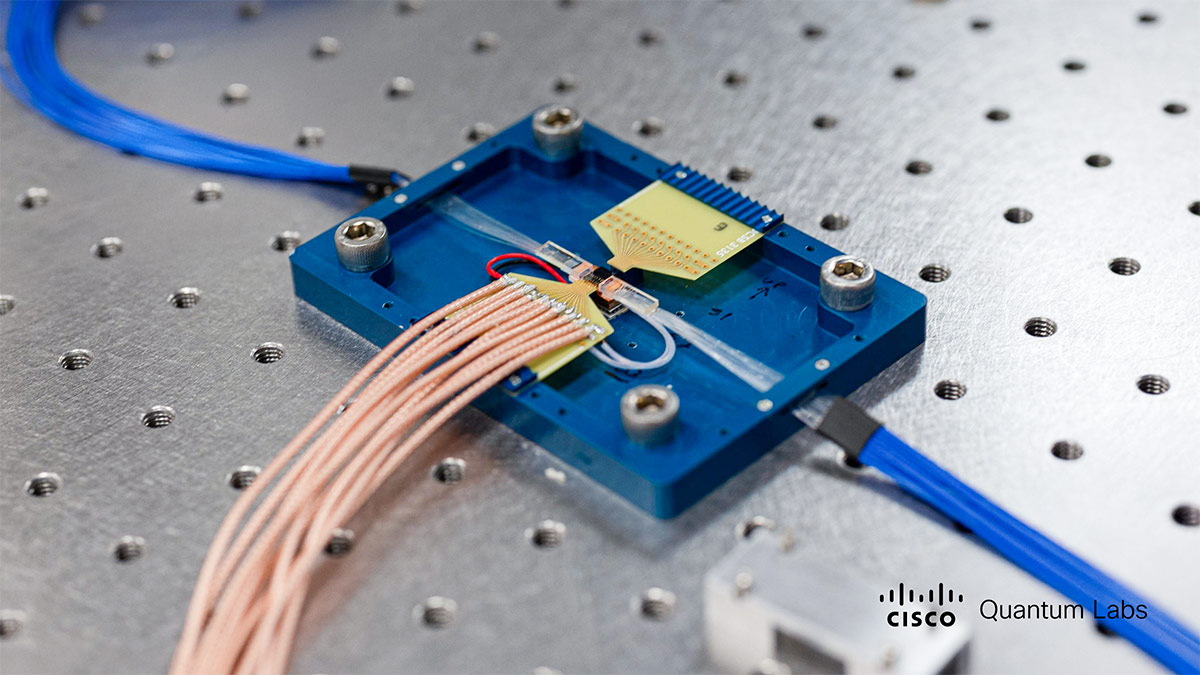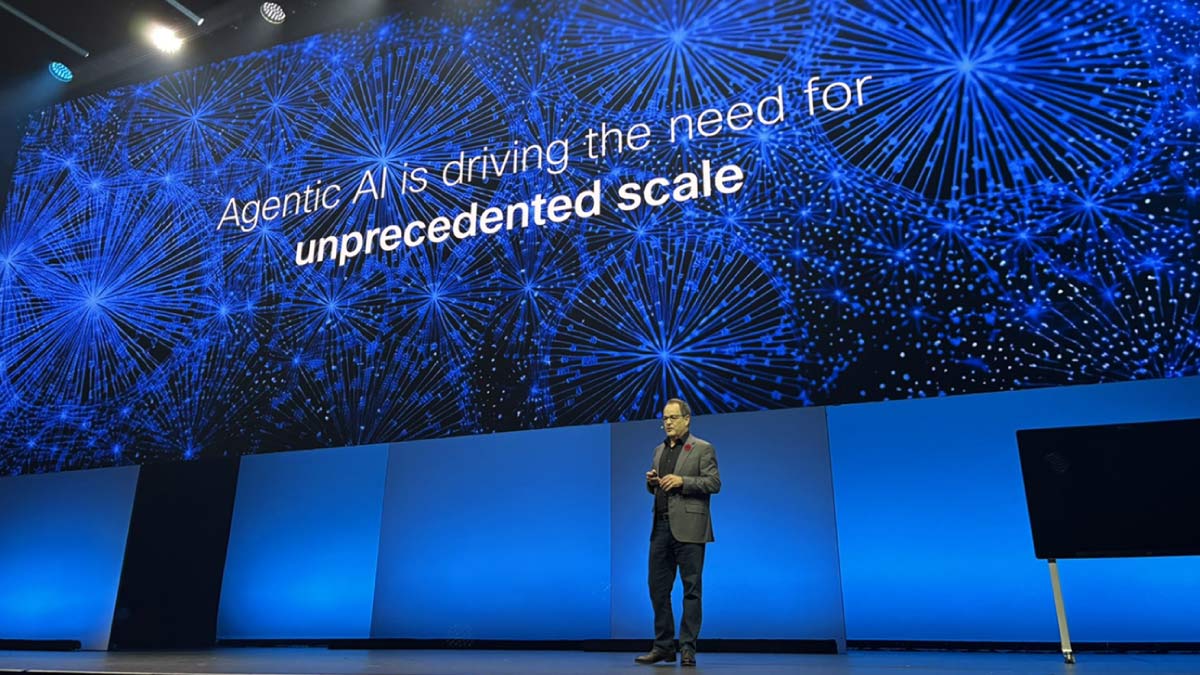Architects are waking up to a new way of working where artificial intelligence (AI) deals with many of the mundane tasks involved in building design. The profession faces a profound shift that will lead to new opportunities and the need for new skills, experts say.
In October 2019, for instance, the New York-based Chilean design guru Sebastián Errázuriz said on Instagram that 90 percent of the work that architects do today could change. “You should be taking measures right now,” he said.
At present, he said, it takes two to three years for an architect to complete a project, so gaining experience is a slow process.
An AI, on the other hand, could learn what works best for each client within seconds, simply by scanning millions of plans and blueprints and matching them to the client’s brief.
See also: Hate making decisions? Ask today's Magic 8 Ball - the algorithm
The post struck a nerve, notching up more than 10,500 views and being picked up in design bibles such as ArchDaily and Dezeen. But many aspects of architecture are already being shown to be suited to automation.
At the Harvard Graduate School of Design, for example, a team led by Stanislas Chaillou has developed an AI that can create floorplans. And Higharc, a startup, has launched a service that allows you to design your home through your web browser.
Against the backdrop, more and more experts are agreeing with Errázuriz that most (but not all) of today’s architecture workloads could be automated. That doesn’t mean architects need to fear AI though.
Instead, there is an opportunity for professionals to focus on higher-value work.
After all, “artificial intelligence is [only] as good as the author that created it and the data used to train the algorithm from the onset,” says Mohammed Ayoub, design director at HDR, one of the world’s top architectural firms.
“With that in mind, it’s still not good in terms of an open-ended design dialogue,” he says. “That’s still reserved for humans. Where AI shines is that it can grab thousands of data points and interpret them in a millisecond. AI is able to augment an architect’s design approach.”
Zach Kron, a former architect now working as senior product manager at the design software firm Autodesk, admits the industry might be resistant to the business model changes that come with these tools.
See also: Engineering and construction on the verge of digital transformation
But individual design professionals are eager for tools that help them make their designs better, he adds. Autodesk, for instance, is developing software tools that use generative design methods and ways of thinking to model all the outputs that might meet a given brief.
This allows a human expert to focus on what’s best for the client, without wasting time on dead ends. This could give architects extra freedom. “If you use tools that save people time, it's up to people what you are going to do with that time,” Kron says.
“That can include spending more time on design, doing more projects, or doing the same projects cheaper,” he adds. “It's up to the designer.”
What all experts agree on is that the job of making buildings is going to change a lot thanks to AI. “As far as architects being replaced by AI, I don’t think it is likely to happen,” says Rron Beqiri, director of the urban design and planning studio Architecture for Humans.
“However,” he adds, “AI will soon become one of the main tools that architects will need to master.”
###
The contents or opinions in this feature are independent and may not necessarily represent the views of Cisco. They are offered in an effort to encourage continuing conversations on a broad range of innovative technology subjects. We welcome your comments and engagement.
We welcome the re-use, republication, and distribution of "The Network" content. Please credit us with the following information: Used with the permission of http://thenetwork.cisco.com/.




